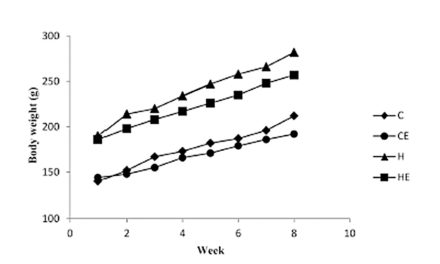Chemistry and Toxicology of Major Bioactive Substances in
Inocybe Mushrooms
Jiri Patocka 1,2 , Ran Wu 3, Eugenie Nepovimova 4, Martin Valis 5, Wenda Wu 3,4,* and Kamil Kuca 2,4,*
1 Department of Radiology, Toxicology and Civil Protection, Faculty of Health and Social Studies, University of South Bohemia,
37005 Ceske Budejovice, Czech Republic; toxicology@toxicology.cz
2 Biomedical Research Centre, University Hospital, 50003 Hradec Kralove, Czech Republic
3 MOE Joint International Research Laboratory of Animal Health and Food Safety, College of Veterinary Medicine, Nanjing
Agricultural University, Nanjing 210095, China; wuranvicky@163.com
4 Department of Chemistry, Faculty of Science, University of Hradec Králové, Rokitanského 62, 500 03 Hradec Kralove, Czech
Republic; eugenie.nepovimova@uhk.cz
5 Department of Neurology of the Medical Faculty of Charles University and University Hospital in Hradec Kralove, Sokolska 581,
50005 Hradec Kralove, Czech Republic; martin.valis@fnhk.cz
* Correspondence: wuwenda@njau.edu.cn (W.W.); kamil.kuca@uhk.cz (K.K.); Tel.: +86-152-5185-0173 (W.W.); +420-439-332-509
(K.K.)
Abstract
Mushroom poisoning has always been a threat to human health. There are a large number of reports about ingestion of poisonous mushrooms every year around the world. It attracts the attention of researchers, especially in the aspects of toxin composition, toxic mechanism and toxin application in poisonous mushroom. Inocybe is a large genus of mushrooms and contains toxic substances including muscarine, psilocybin, psilocin, aeruginascin, lectins and baeocystin. In order to prevent and remedy mushroom poisoning, it is significant to clarify the toxic effects and mechanisms of these bioactive substances. In this review article, we summarize the chemistry, most known toxic effects and mechanisms of major toxic substances in Inocybe mushrooms, especially muscarine, psilocybin and psilocin. Their available toxicity data (different species, different administration routes) published formerly are also summarized. In addition, the treatment and medical application of these toxic substances in Inocybe mushrooms are also discussed. We hope that this review will help understanding of the chemistry and toxicology of Inocybe mushrooms as well as the potential clinical application of its bioactive substances to benefit human beings.
Keywords
nocybe mushroom; muscarine; psilocybin; psilocin; toxicology







